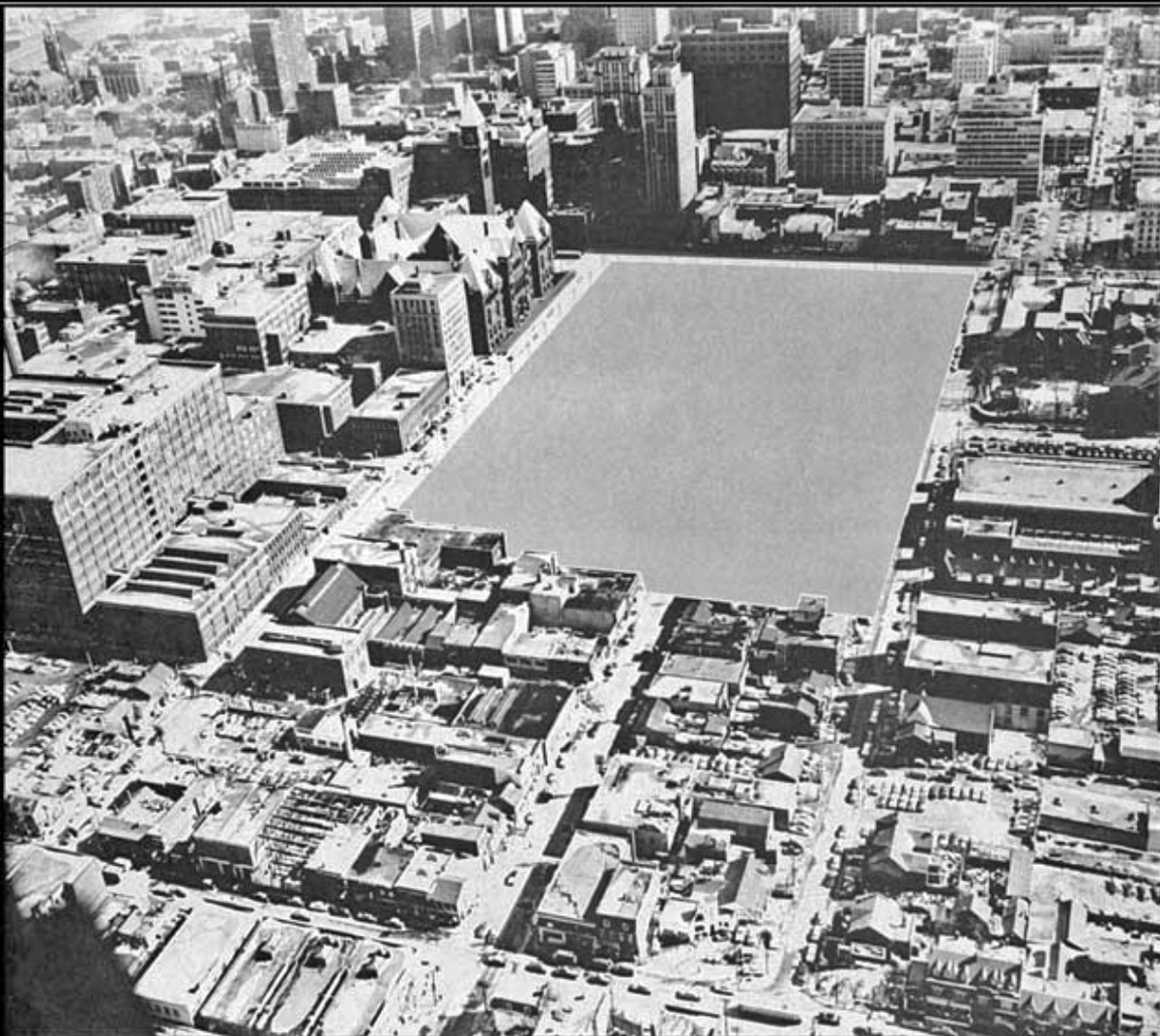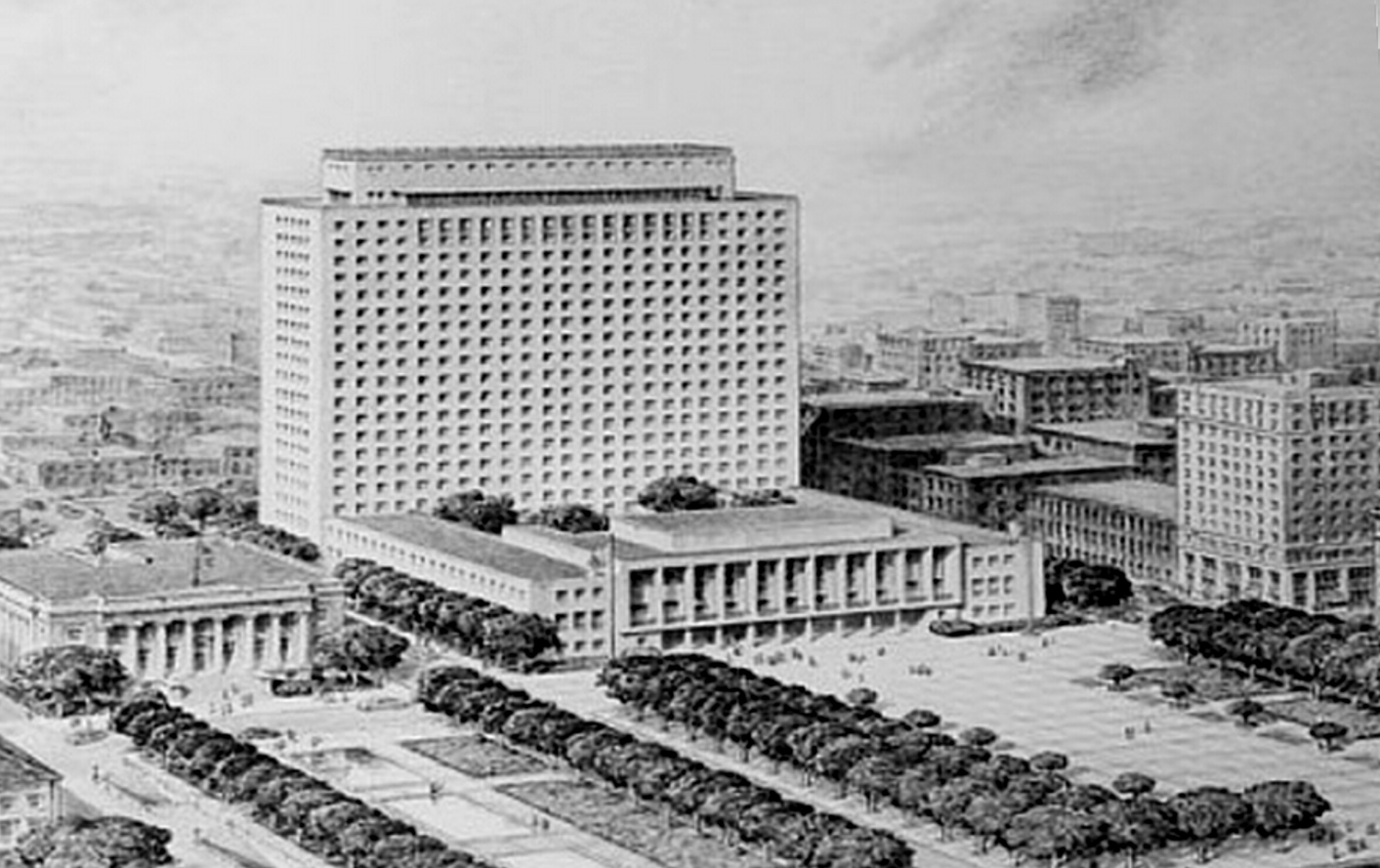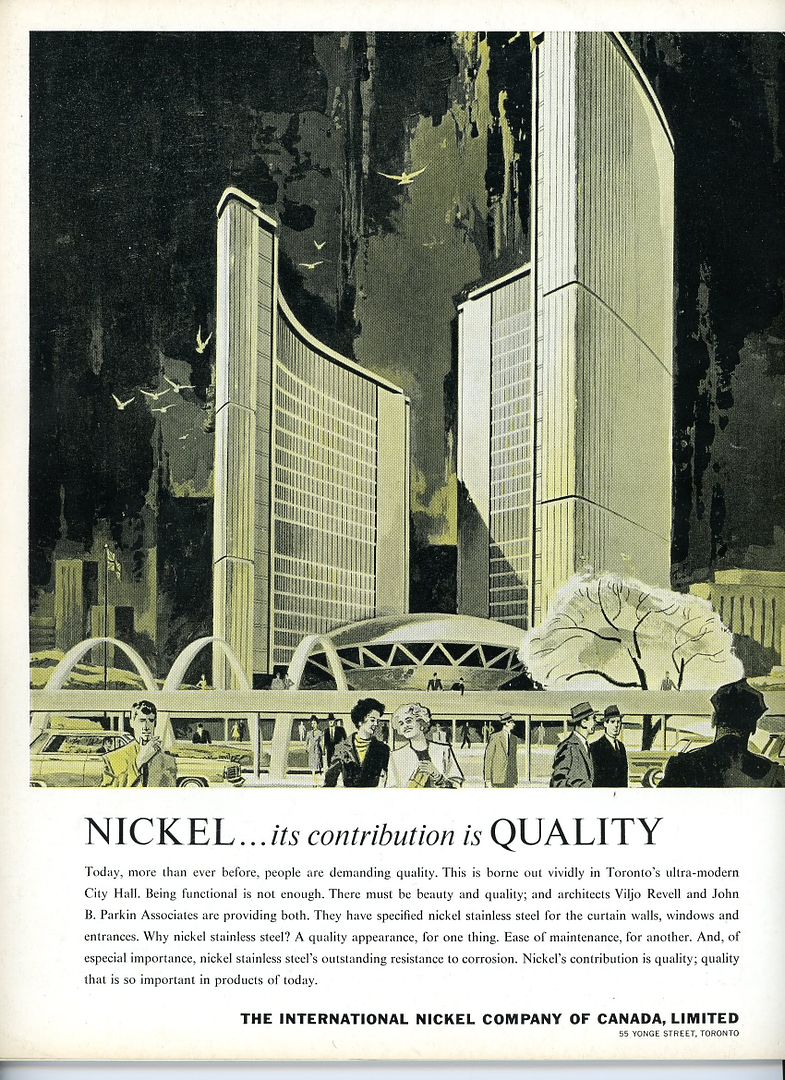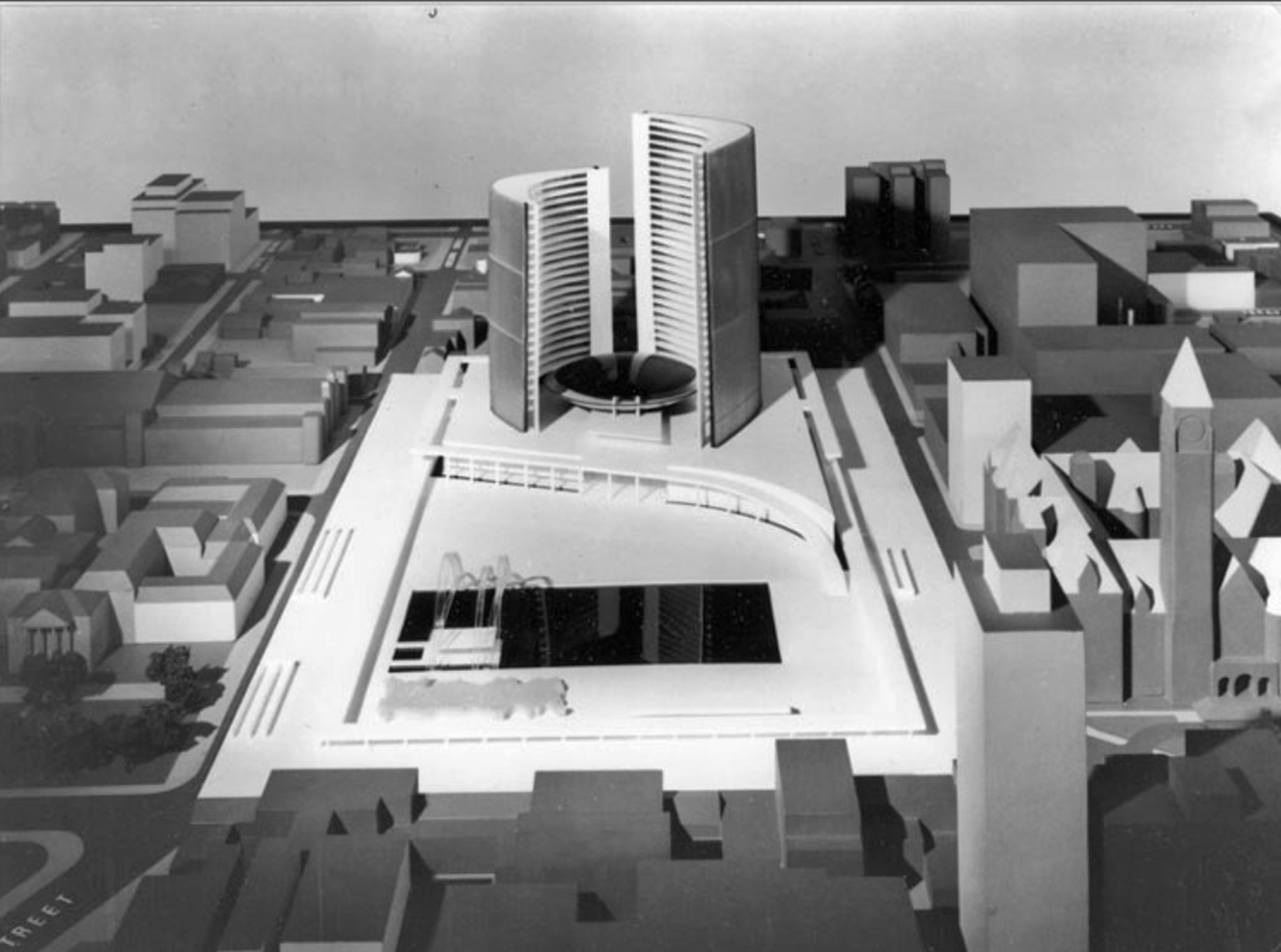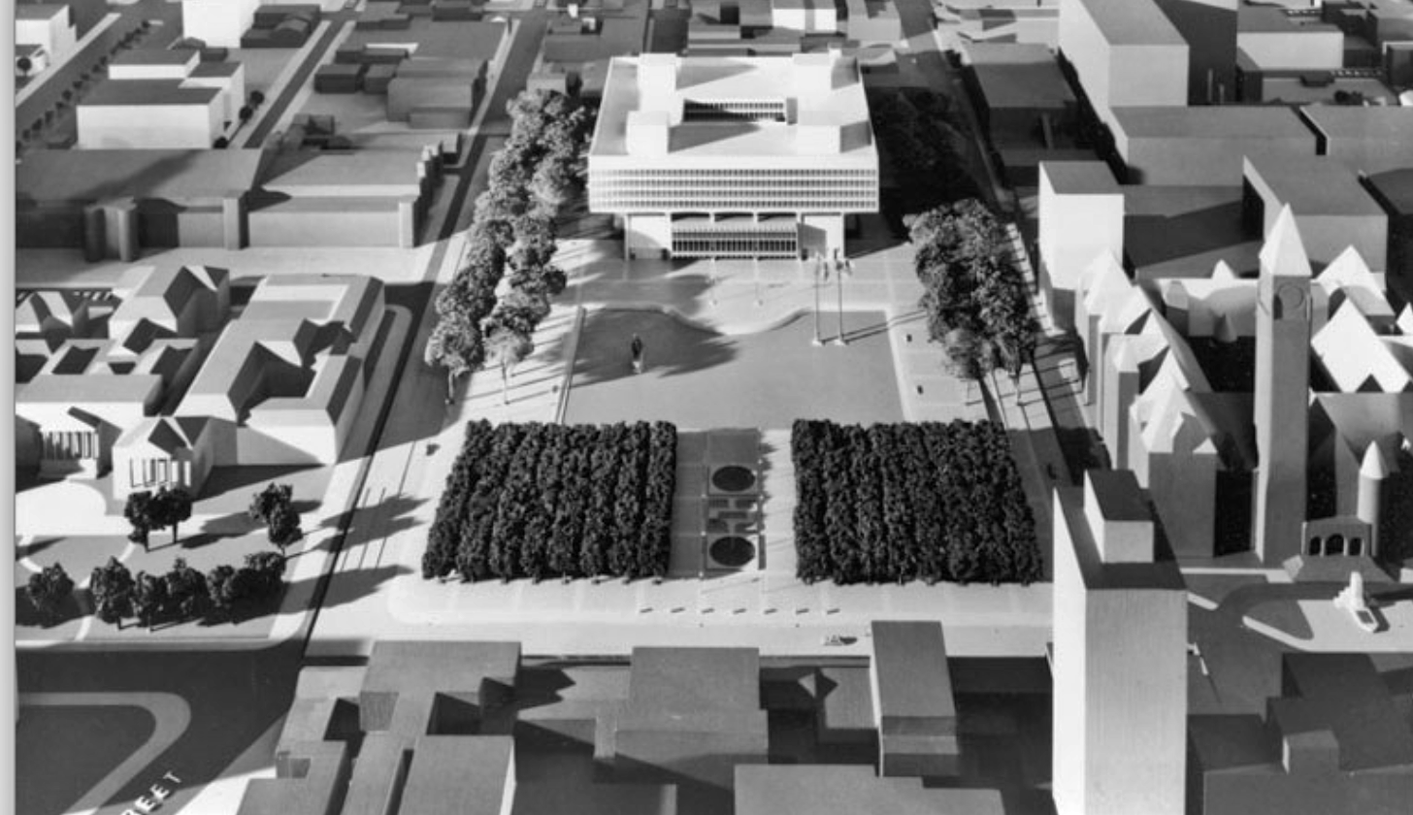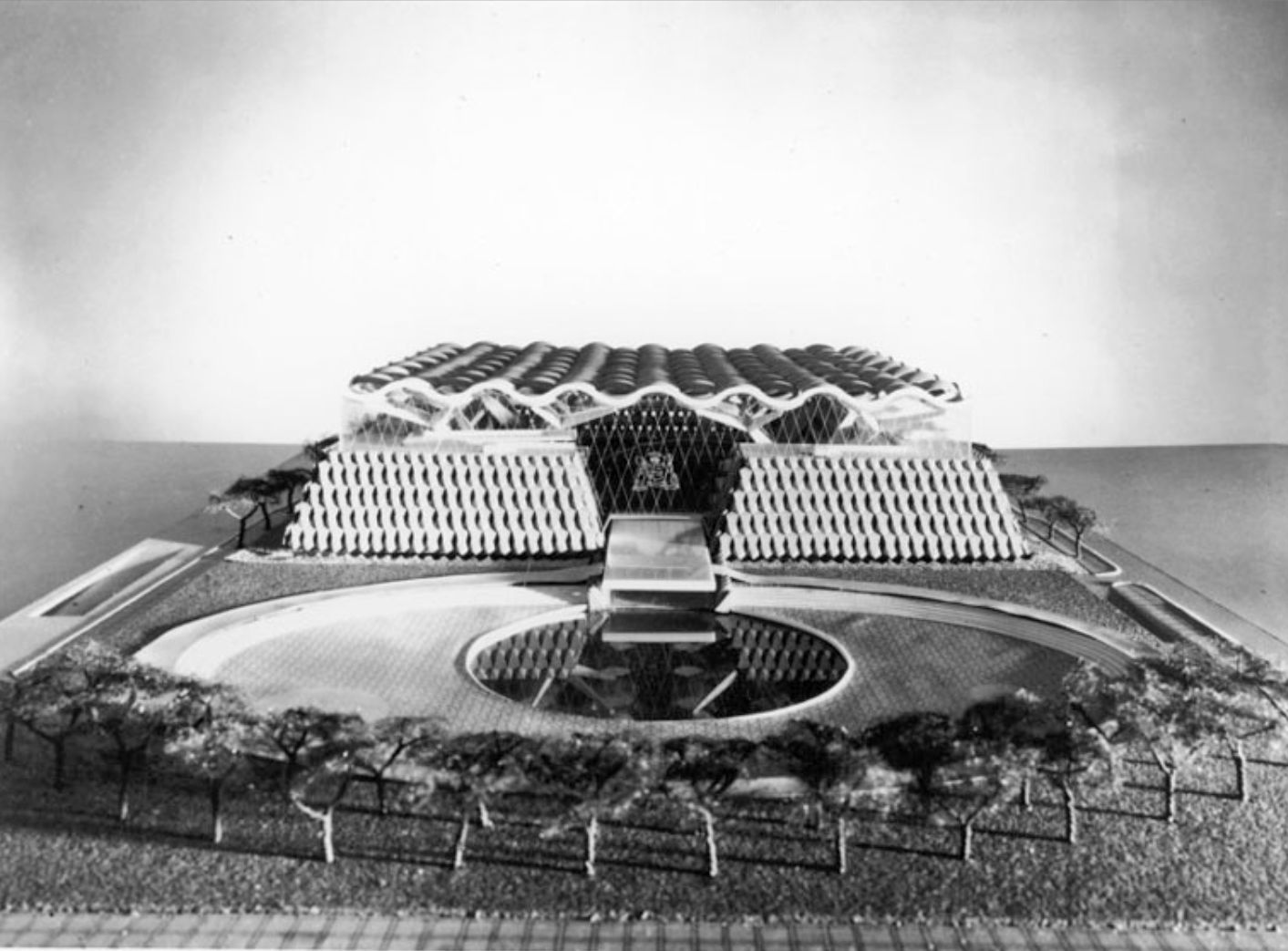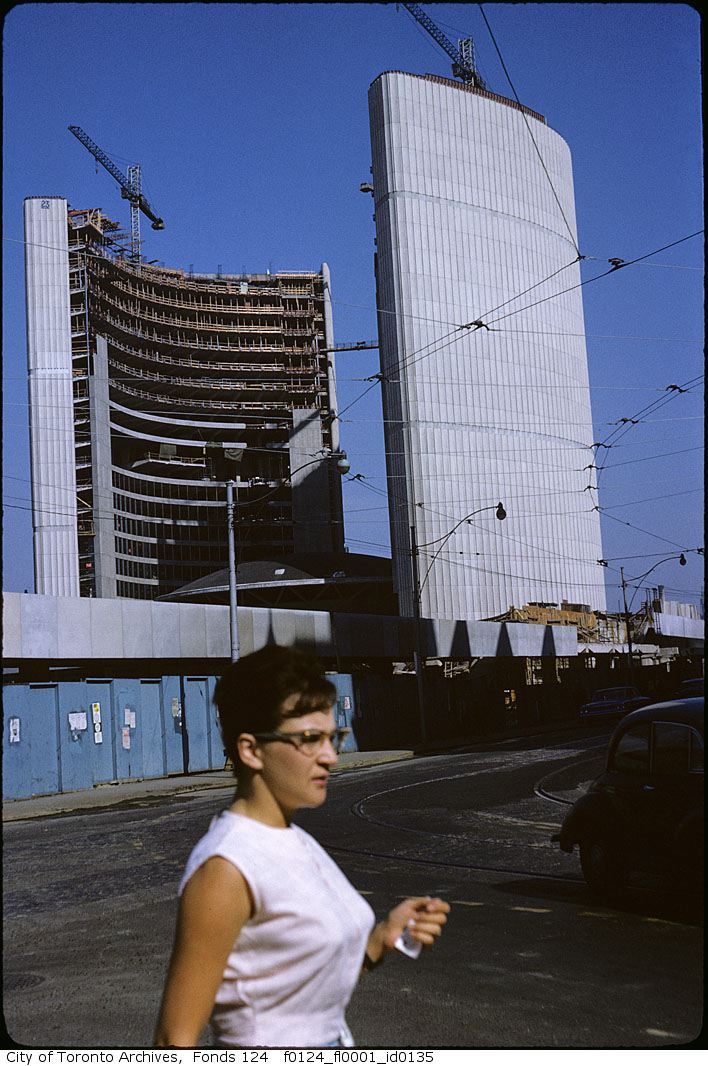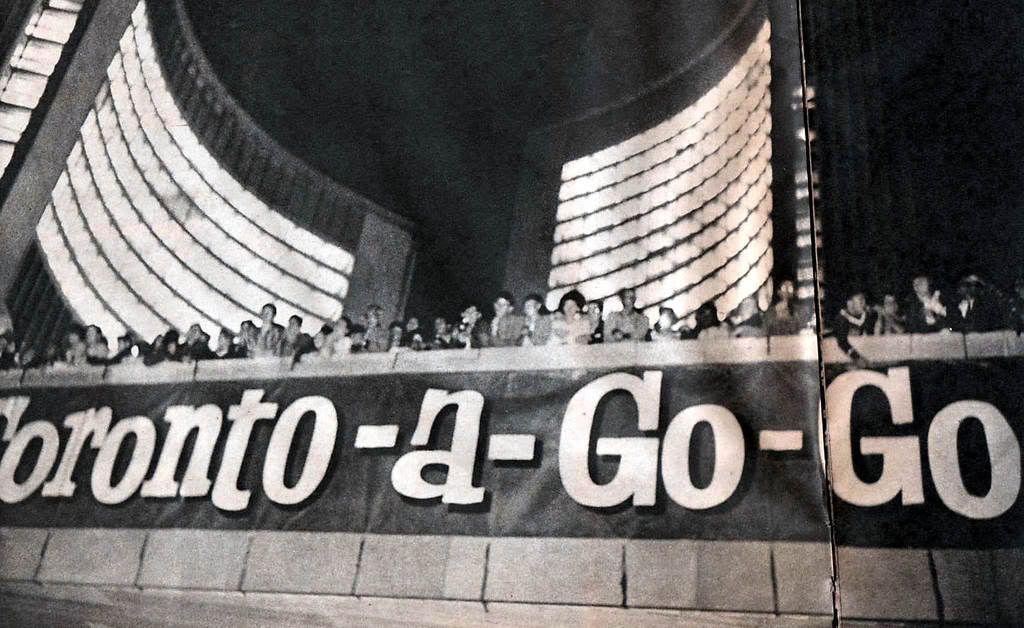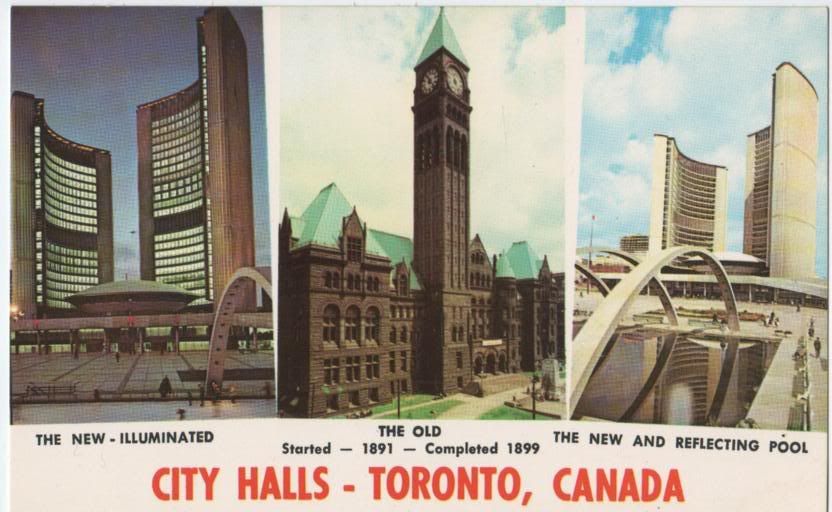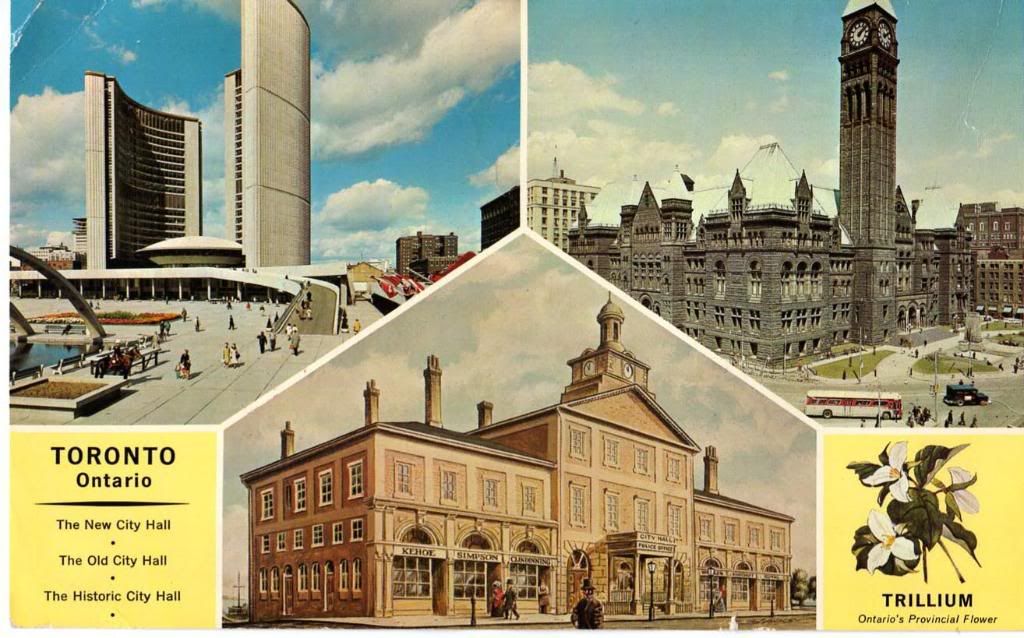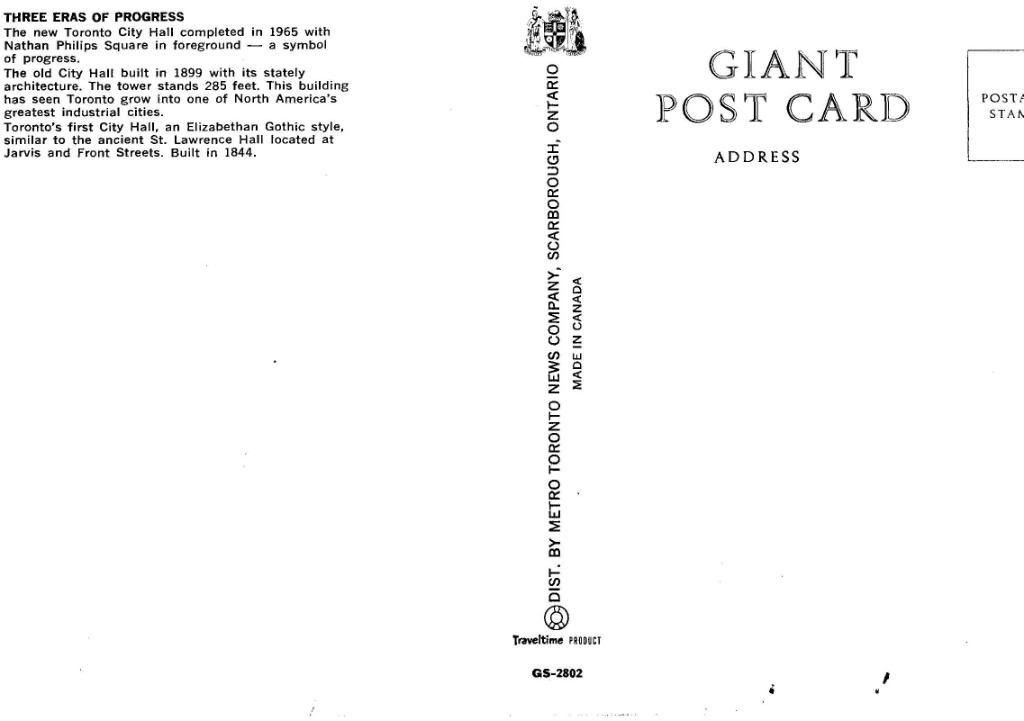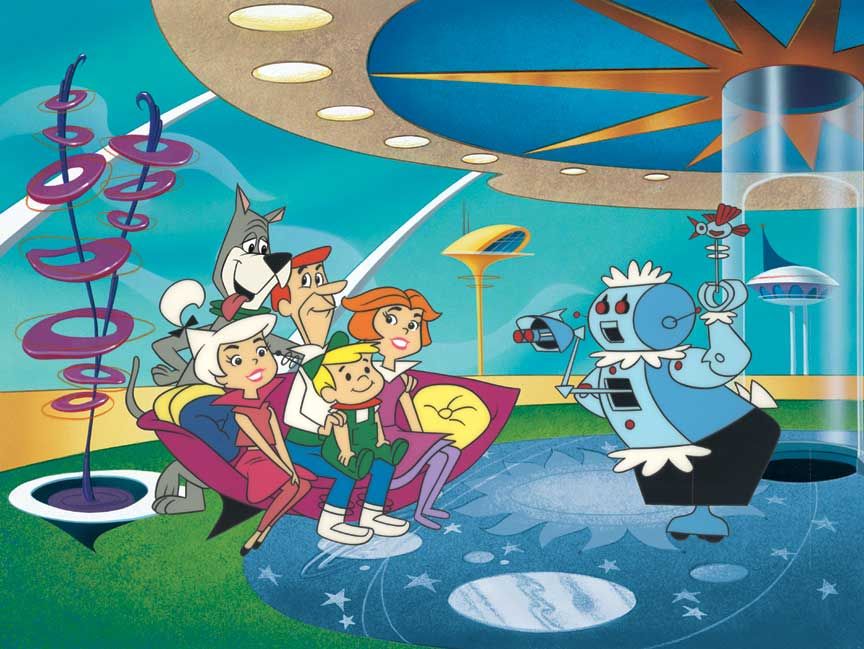LowPolygon
Senior Member
Though even there, I'd advise caution re New City Hall; or rather, its "real significance" was more on overriding urban and social grounds that were quite specific to Toronto. In architectural terms, though, it fell short of its "anticipated significance" in the 1950s--essentially, by the time it was finished in 1965, it was deemed more dated than a harbinger of the future: a popular-potboiler version of Great Contemporary Architecture a la Basil Spence's Coventry Cathedral. (Though compared with what it may have been deemed dated relative to--something like Boston City Hall--that circumstance may have been a blessing in disguise.)
This is a very interesting point. I hadn’t ever thought about new City Hall as being ‘dated’ by the time it was finished in 1965. its just “always been thereâ€, as the penultimate symbol (along with TD Centre) of Toronto’s modernist coming of age.
But you’re right, however wonderful and widely loved it is, from a certain perspective New City Hall does look a little like a on-off version of heroic neo-classical googie-ism.
Of course this is because it was selected by competition, and a jury gined-up on creating a symbol of a modern, forward thinking city, was not likely to have picked the most architecturally au courant submission, tending rather to hit the ‘sweet spot’ of pop culture zeitgeist, populist avant-gardism and the all-important crowd-pleasing wow factor.
Given all that, they were not likely to have picked I.M Pei, but they could have picked the John Andrews-Macy DuBois submission, which would have been, in its own way, an excellent choice, but may possibly have ended up being more “dated-looking" than the one they eventually went with.
